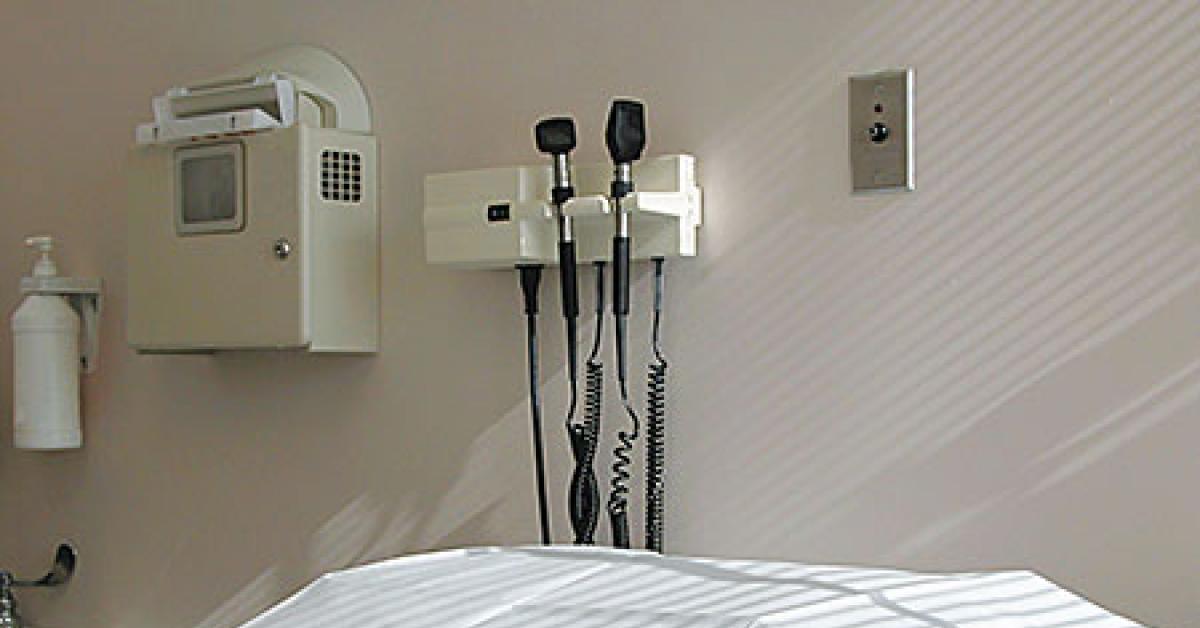CHICAGO — A tragic event that happened several years back at a children’s hospital in New Orleans recently grabbed the attention of the general public and gained national media headlines.
Between August 2008 and July 2009, five children who were patients at Children’s Hospital in New Orleans died after an outbreak of mucormycosis, a fungal infection that can be fatal only in rare situations, such as in the case of patients with severely compromised immune systems.
What caused renewed concern about the case was an article published in the Pediatric Infectious Disease Journal summarizing an investigation of the circumstances of the outbreak and of several areas within the hospital and its contracted launderer’s facility. In their report, the authors ultimately identify what they believe is the main transmission vehicle for the fungus: the hospital’s linens.
The authors of Mucormycosis Outbreak Associated with Hospital Linens, some of whom represented the Centers for Disease Control and Prevention, tested linens processed by an outsourced laundry provider and found cases of the fungus in the linen, exposure to which was the only common factor to all of the patients, who occupied several different wards in the hospital.
In the article, the authors state: “In this outbreak, we suspect the contamination of clean linen occurred at the laundry facility or during delivery, after the linen had been washed and dried. The movement of clean linens from the end of the laundry process to the hospital is the time during which the chance of contamination is greatest.”
The report highlighted several opportunities for transmission, pointing to incidents during transport and storage of the clean linens where they were uncovered and exposed to outside air and potentially to construction dust. Rhizopus, a form of mold that causes mucormycosis, is found abundantly in dirt and soil.
While Children’s Hospital has insisted that mucormycosis was “not the primary cause of death in any of the patients,” authors of the journal article say that the hospital has since made major changes to its linen processing and handling protocols, switching to a new laundry vendor, getting rid of old linens, and cleaning and disinfecting linen storage areas.
According to various news reports, civil lawsuits filed against Children's Hospital by families of the victims are pending. The hospital did not respond to requests from American Laundry News for comment.
INDUSTRY REACTIONS
As laundries examine their own processes in light of the tragedy at Children’s Hospital, it’s important to remember that deaths due to contaminated linens are exceedingly rare, says Joseph Ricci, president and CEO of the Textile Rental Services Association (TRSA).
“The big piece that we’ve been telling our folks is that we don’t want to overreact, because we’re sort of in a culture where people sort of overreact to things—especially when there’s a tragedy, when we look at pictures of children who have lost their lives. Obviously, [that’s] something no one wants to be involved in,” he adds.
Linda Fairbanks, executive director of the Association for Linen Management (ALM), too, believes focusing on the tragedy may have some unintended side effects in the form of new regulations that will “increase costs and not improve safety for patients.”
“Unfortunately, it is going to cause knee-jerk reactions and an increase of regulation within [states] to try to make sure it doesn’t happen to them, which is not a solution,” she says. “We’ve got plenty of guidelines right now—let’s just make sure they’re followed.”
LESSONS LEARNED
So what lessons can be gleaned from the details of the Children’s Hospital outbreak?
Ricci says that it’s an opportunity for the industry as a whole to “look back and re-examine their processes and make sure things are going right,” so that professionals can make something positive out of a negative episode.
Lisa Waldowski, infection control specialist at the Joint Commission, an organization that accredits healthcare organizations and programs, agrees that comparing your own methods to those of Children’s Hospital can prove beneficial.
“Have you checked it out thoroughly and do you feel like the accountability in your process is a safe and effective one? You know, just taking a deeper dive and maybe checking things a little more in detail based on lessons learned and what steps this organization [took] after this was identified,” she says.
Gregory Gicewicz, president of the Healthcare Laundry Accreditation Council (HLAC), believes that the contamination has made it clear that laundries processing healthcare textiles should be accredited.
“[W]e’re an industry of a couple of hundred thousand people, processing millions of pounds of linen every day. It’s just something that should remind us of the importance of focusing on the basics, focusing on those practices and principles that we’re supposed to put in place every day and ensuring that these things don’t happen,” says Ricci.
Have a question or comment? E-mail our editor Matt Poe at [email protected].

